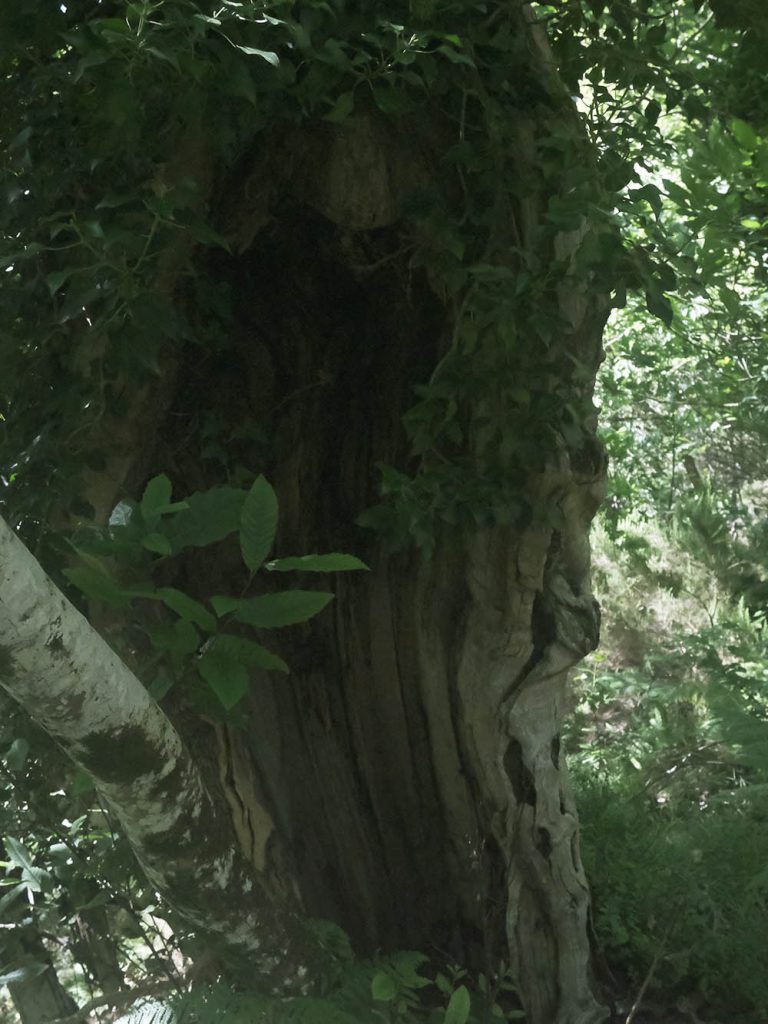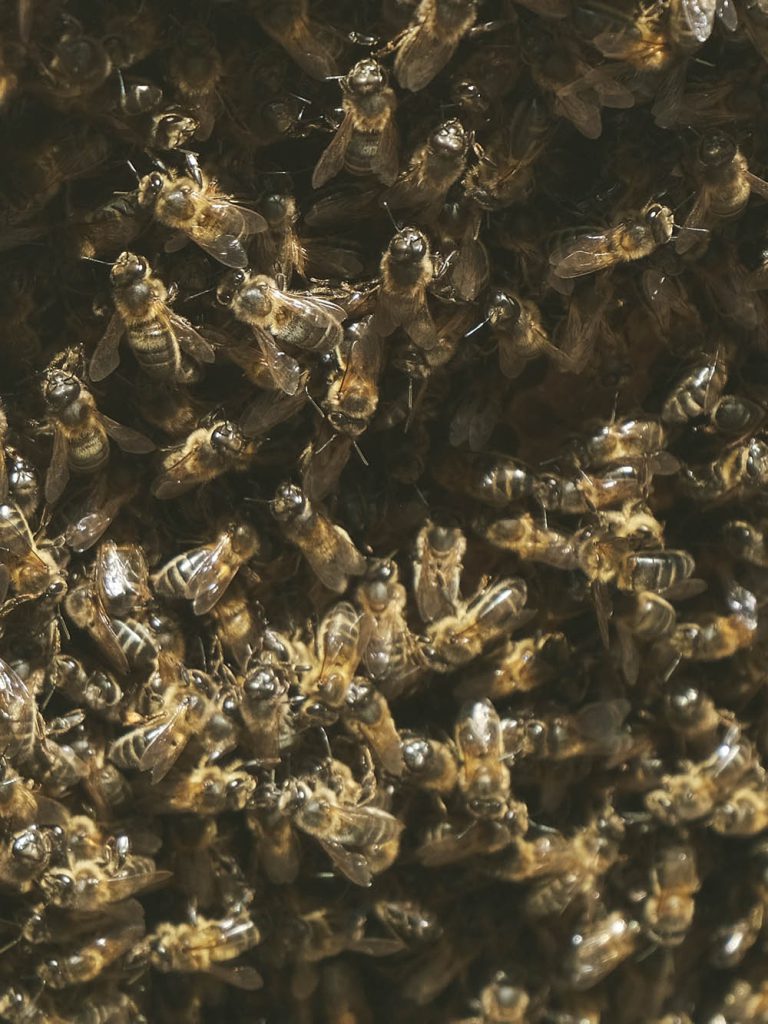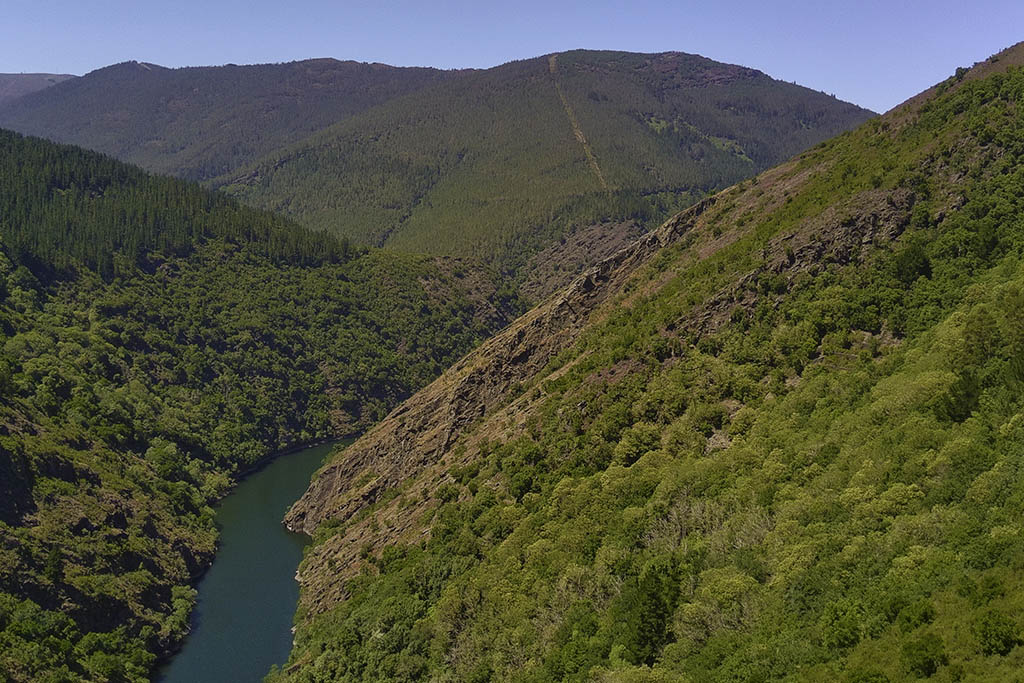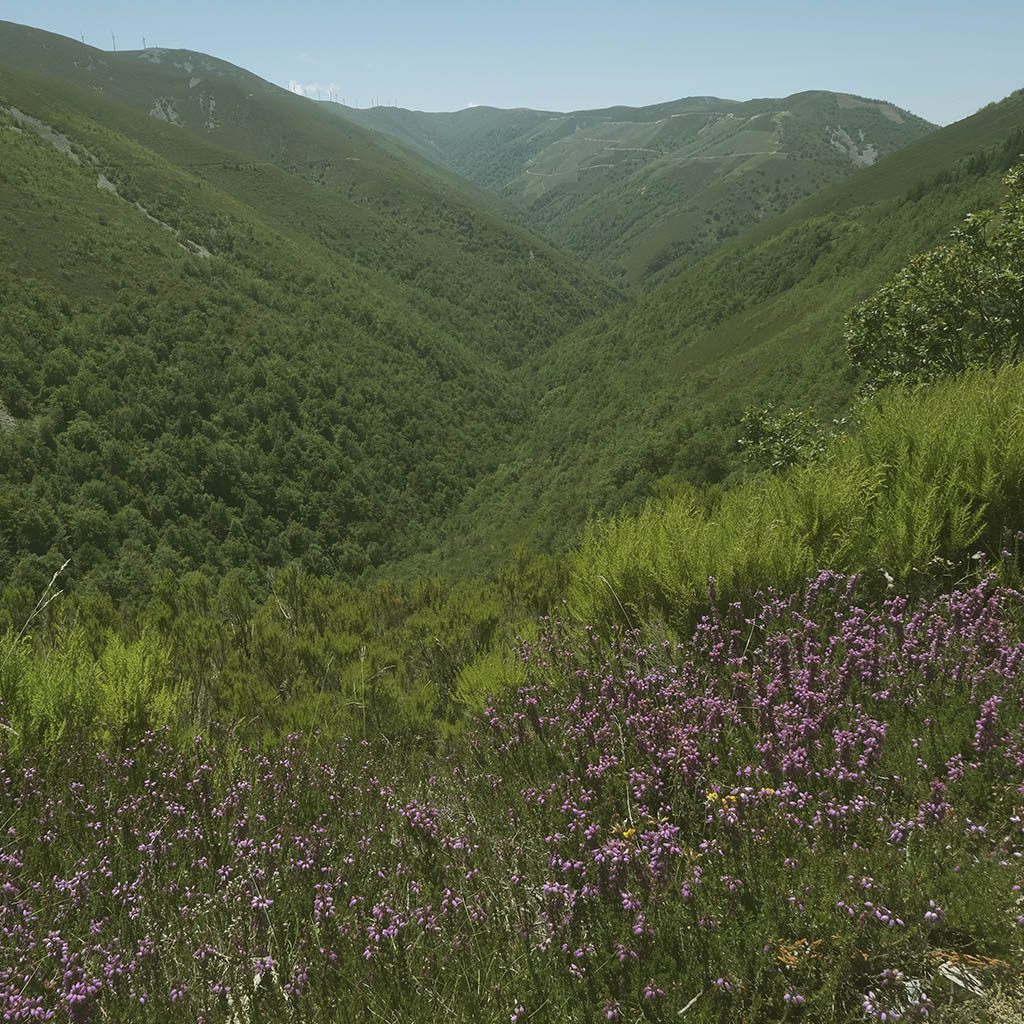Discovering the environment in which Xera bees live is like a trip back in time thousands of years
Xera: a journey through time
Our honey is collected just as it was done in ancient times, and from the same ancient trees
Lichens and mosses have grown in the area for millennia, even on the same rock, and are in turn excellent biomarkers of the purity of the air and the flora itself.
The land where our honey is harvested is one of the few places in the world where bees are born and reproduce in the wild
Breeding of bees in a wild territory, without any intervention beyond the care and protection of the environment itself, produces honey from plants without the slightest trace of contamination.
Thousands of years to get the best honey in the world.
Xera production in the honeycombs created naturally by bees brings with it honey that is more dehydrated and concentrated than usual, with a greater density of active ingredients and texture and flavours that are both distinctive and unique.
Discovering the environment in which Xera bees live is like a trip back in time thousands of years. Our honey is collected just as it was done in ancient times, and from the same ancient trees that today protect and preserve the harvest.



Xera is back to the roots. For decades, we have cared for the bee population to reproduce their ancestral habitat and thus achieve wild and sustainable beekeeping whose only objective, the only valid one, is to achieve perfection.
The territory where Xera trees settle and where we place our handmade hives is located in the depths of the Navia River Historical Park, a place full of unusual history and natural wealth
Wild raw honey between the richness of the sea and the purity of the most virgin mountains


Vestiges such as forts and megaliths found in the area attest to the antiquity of the populations that have preserved traditions for thousands of years that have been passed down from generation to generation until reaching the present day.
Mountains, rivers and fertile valleys around the Navia River (The pre-Celtic goddess Navia, of Indo-European origin, was considered the goddess of fertility), give way to a coast rich in nutrients. But the Historical Park is more than all that. Its entire territory is dotted with these constructions from thousands of years ago that allow chronological dating of an entire historical period and its culture. A world of diversity and archaeological remains of the past.
Purple colour of cinerea grows for a few days between July and August, dyeing the mountains a lush reddish colour.
Lichens and mosses have grown in the area for millennia, even on the same rock, and are in turn excellent biomarkers of the purity of the air and the flora itself. The flavour and properties of honey recover the original perfection.
The land where our honey is harvested is one of the few places in the world where bees are born and reproduce in the wild.
Proximity of the Cantabrian Sea provides mineral salts and other nutrients that, in turn, receive the richness of the high mountains with lush, clean rains and waters.
Xera cares about taking care of the environment and keeping it in perfect condition to complete the work in a sustainable way, supported by a biological wealth that results in a harvest of astonishing quality, which surprises us every year.
At Xera we work for the conservation of these local bee populations, which have been inhabiting the area for thousands of years.
